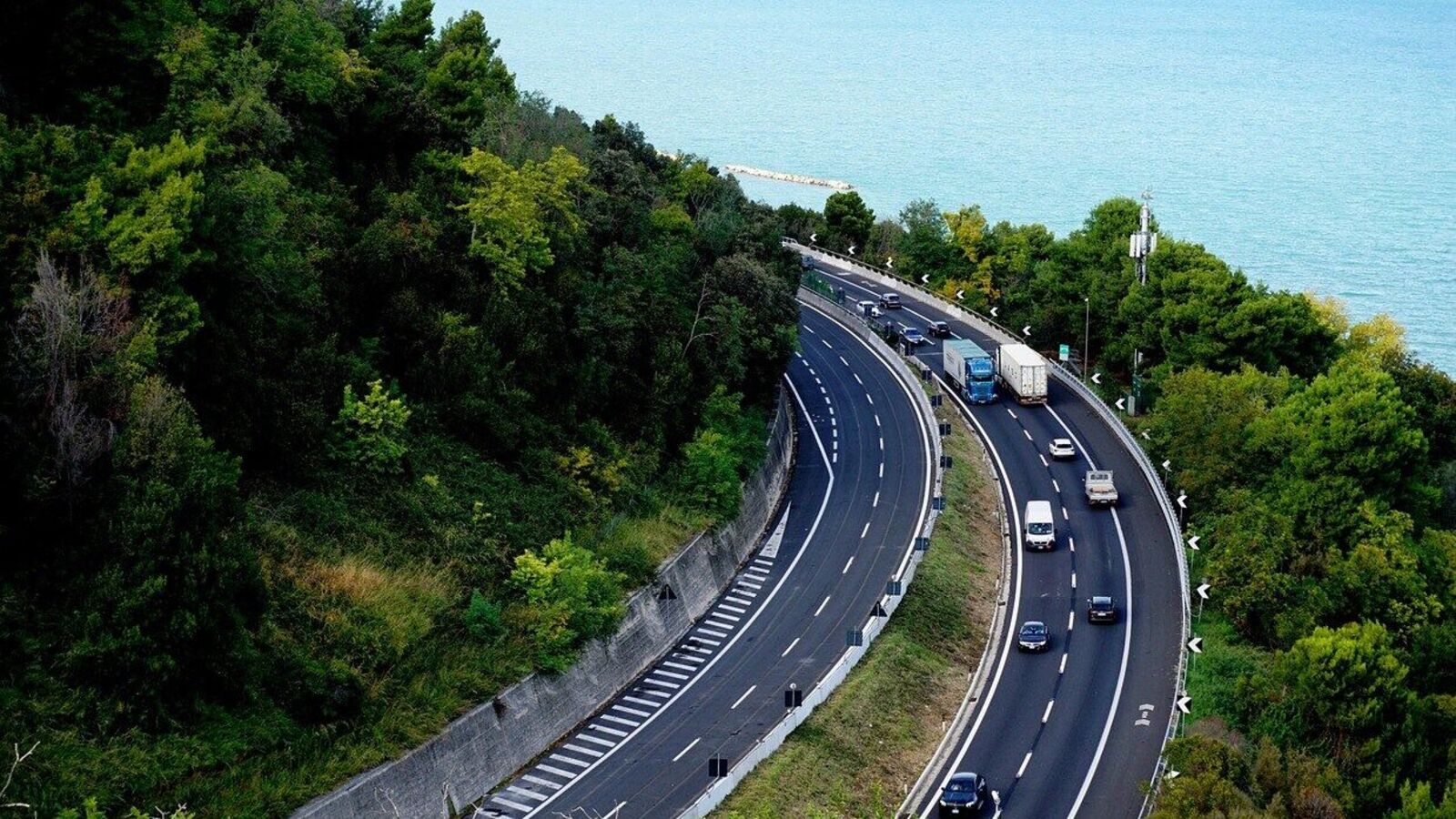The upcoming network aims not just to link major metros but to weave together the country’s industrial corridors, logistics hubs, and ports into a single, high-speed transport grid—the largest outside China.
By 2030, India could see over 20,000 km of expressways forming a modern “Golden Quadrilateral of Expressways,” along with East–West and North–South corridors, setting the foundation for seamless, fast, and safe travel.
Mint explains the government’s new expressway vision and what it means for connectivity and growth.
What exactly is the new expressway plan?
The Centre’s vision is to create a pan-India network of access-controlled expressways engineered for speeds up to 120 km/h, with multiple lanes, electronic tolling, and grade-separated interchanges.
At its core lie two components: a Golden Quadrilateral of Expressways connecting Delhi–Mumbai–Chennai–Kolkata, and two national spines — the East–West Corridor (Silchar–Porbandar) and the North–South Corridor (Srinagar–Kanyakumari). Together, they are expected to drastically cut travel time, reduce logistics costs, and boost industrial and regional linkages.
How big is the investment — and how will it be funded?
The initiative is estimated at ₹20 trillion over the next five to seven years. Funding will be drawn from:
Public spending under the National Infrastructure Pipeline (NIP),
Private partnerships via PPP, BOT (Toll), and TOT (toll operate transfer) models,
Multilateral support from JICA, ADB, and the World Bank, and
National Highways Authority of India’s (NHAI’s) market borrowings through bonds and infrastructure investment trusts (InvITs).
The government also plans to accelerate asset monetisation, recycling funds from operational highways into new greenfield expressways.
What is the new ‘Golden Quadrilateral of Expressways’?
Inspired by the original Golden Quadrilateral (GQ) of highways launched in 2001, the new version would be a modern, high-speed upgrade—over 15,000-km grid of six- to eight-lane access-controlled expressways connecting the four corners of India.
Key corridors forming this quadrilateral include: Delhi–Mumbai Expressway (1,386 km)—partially operational, full completion by 2026; Delhi–Kolkata Expressway via Varanasi and Ranchi; Chennai–Bengaluru Expressway (262 km)—nearing completion; and Mumbai–Bengaluru and Bengaluru–Chennai–Kolkata connectors under design.
Unlike the old GQ, which was four-lane and open-access, this new grid is fully access controlled—fenced to separate local traffic and designed for uninterrupted, high-speed movement of vehicles. These expressways will also feature digital management systems and integration with freight terminals and logistics hubs to enhance efficiency and safety.
How do the East–West and North–South corridors fit in?
These two cross-country corridors form the backbone of India’s high-speed road grid.
The East–West Expressway Corridor (around 3,300 km from Silchar to Porbandar) will cut across eight states, linking industrial, mining, and port regions.
The North–South Expressway Corridor (over 4,000 km from Srinagar to Kanyakumari) will provide uninterrupted connectivity through India’s heartland.
Both intersect the Golden Quadrilateral grid, forming a crisscross network that mirrors the national highway layout but with higher speed, safety, and design standards. These routes will enhance national integration, support defence logistics, and accelerate economic growth across India’s hinterland.
What are the expected benefits?
The combined expressway grid is expected to reduce travel time by 30–40% between major cities and cut logistics costs from 13–14% of GDP to below 9%. It would also allow just-in-time manufacturing and export competitiveness.
The development of these world class expressways are also expected to spur industrial and urban growth along expressway nodes while strengthening strategic and border connectivity in the Northeast and North.
“Creating a golden quadrilateral alongside a robust east-west and north-south network of high-speed corridors will promote regional integration, stimulate investments, and create jobs across sectors. The GDP multiplier effect due to the goods and services needed to build out and operate and maintain these expanded road networks will also add to the country’s growth and development,” said Bhavik Damodar, partner, Deloitte India.
Each ₹1 spent on highways adds roughly ₹2.5– ₹3 to GDP through efficiency gains, logistics savings, and trade expansion.
How much progress has been made so far?
Around 2,500 km of expressways built by the Centre and its agencies are already operational. Bids for another 9,000 km have been finalised, while 10,000 km are under tender or DPR stage and expected to move forward in the next 12–18 months.
The target is to complete 20,000 km of expressways by 2030, with parallel focus on digital tolling and multimodal logistics park integration.
What challenges lie ahead?
Despite strong progress, the sector faces hurdles—particularly land acquisition and rehabilitation in densely populated areas, which delay projects and inflate costs.
NHAI’s borrowing restrictions due to its debt load have also slowed new project approvals. Other constraints include environmental clearances, difficult terrain, and the need to balance toll affordability with private sector viability.
To address these, the government is refining hybrid funding models, digitising land acquisition systems, and encouraging stakeholder consultations for smoother execution.
#Indias #20trillion #expressway #revolutionthe #Golden #Quadrilateral



